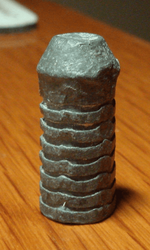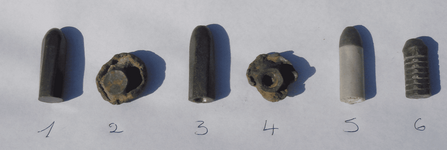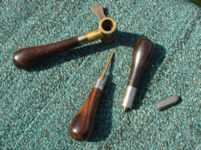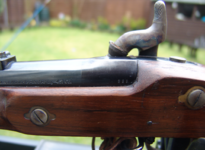- Messages
- 17,471
- Reactions
- 36,484
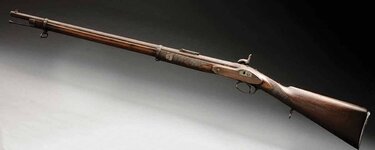
I had never heard of this rifle until today.
Sure Shot: Confederate Sharpshooters Left No Doubt the Whitworth Was Their Weapon of Choice—When Available
Lincoln actually came under fire on July 12, 1864, when Confederate Lt. Gen. Jubal Early's Raid of Maryland reached Fort Stevens on the outskirts of the Union capital. Spent Whitworth bullets have been discovered in the vicinity, and we know sharpshooter rounds killed an officer a few feet away from the president. Had Lincoln been brought down, the Civil War may well have come to an entirely different conclusion, and an imported muzzle-loading rifle pressed into service by the Confederacy was the deadly tool that could have accomplished the job.








